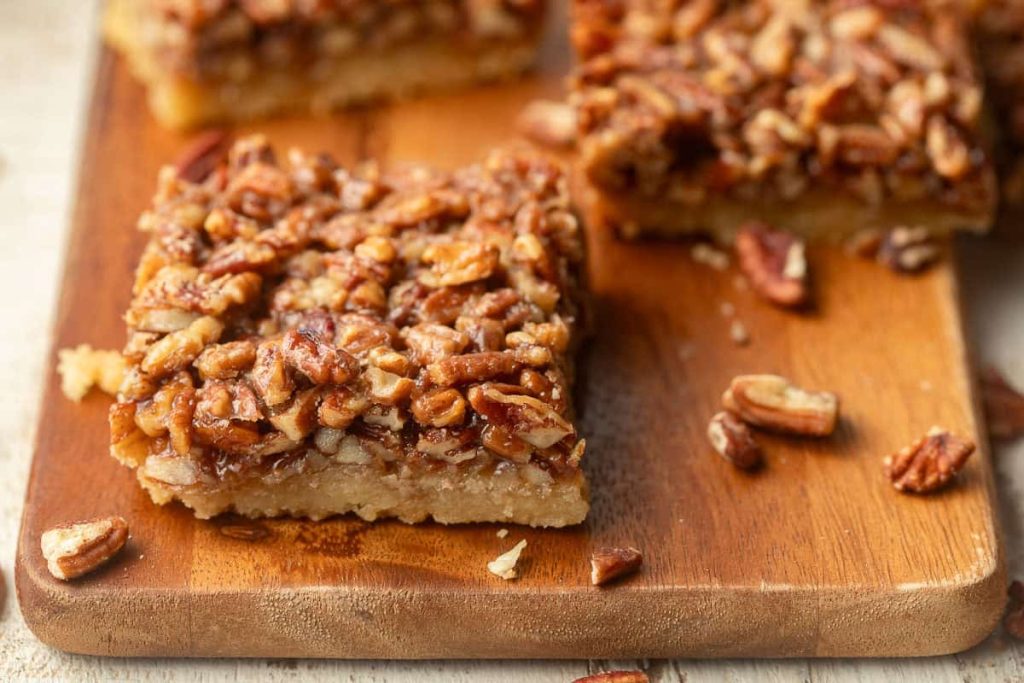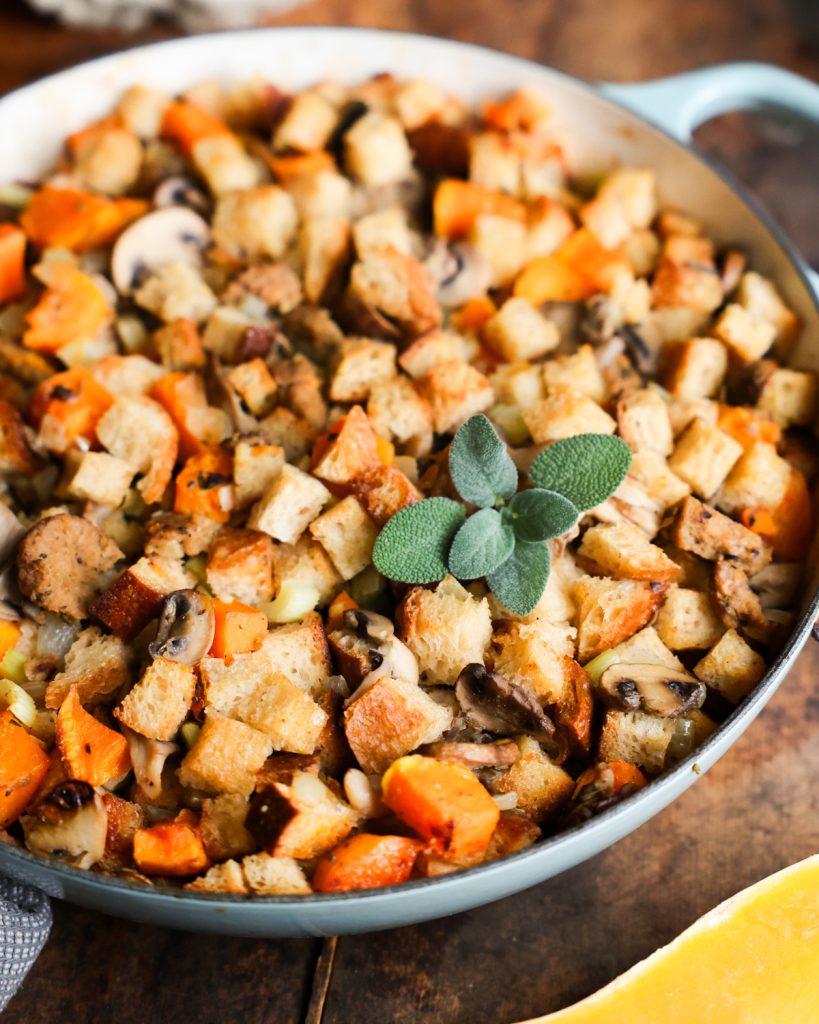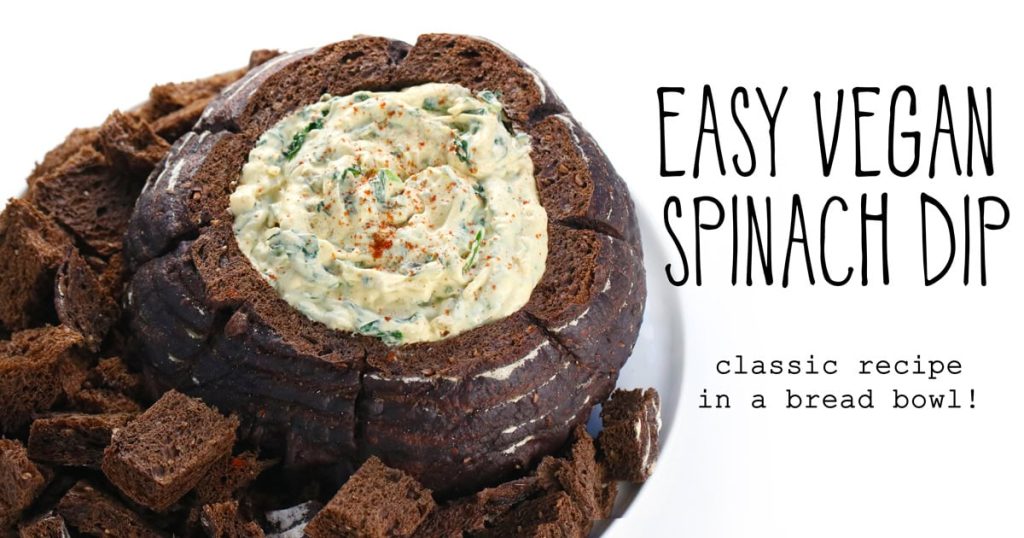If you live in the U.S., now is the time to buy up all the small cheap pumpkins you can get your hands on! Making your own pumpkin puree is exceptionally easy, and it’s typically much cheaper than buying cans in the store. I’m careful to freeze several containers of my own homemade puree every year, so I have plenty to cook with all season long.
Your first step will be selecting your pumpkins. If you can, look for sugar or Cinderella pumpkins, which are supposedly best suited for eating, and try and get your hands on the smallest (2 lb or smaller) and freshest pumpkins you can find, as they’ll have the sweetest and most pronounced pumpkin flavor. For the best deal, look for pumpkins sold by the pound at farm stands and in your grocery’s produce department. Small pumpkins are often the cheapest anyway because they weigh the least and can’t be carved, so they’re less desirable as decorative items and are priced as a vegetable, rather than as a novelty item in high demand.
That said, you really can use whatever you have access to. While you don’t want to use carved pumpkins, you can absolutely cook and eat pumpkins or edible gourds that have been set outside for decoration, assuming it’s cold enough where you live that they haven’t gotten soft or begun to rot. I’ve made dozens of delicious pies out of decorative pumpkins thrown out by neighbors the day after Halloween. Just keep in mind that their flavors will vary, and that the flavor of your puree will likely be less concentrated and uniform than the store-bought stuff.
The coolest part of making your own puree is that you can use all of the pumpkin’s parts — while the flesh becomes pumpkin puree, the seeds can be roasted for a tasty, high-calcium snack, and the guts and skin will help you make the most delicious stock ever. There’s very little active work required, but the whole process does take some time from start to finish, so you’ll want to either set aside a morning or afternoon when you can hang around your kitchen, or split up the work into stages. I like to process a few small pumpkins at a time to make it worth my while.
- 1-3 2 pound pumpkins, or as many as can comfortably fit in your oven
- Preheat oven to 350°F.
- Wash pumpkins thoroughly.
- Cut pumpkin(s) in half.
- Thoroughly scrape out inner seeds, goo, and strands. Reserve all of the innards in an air-tight container for later use (the seeds can be roasted for a crunchy snack, and the goo can be used in stock).
- Arrange pumpkin halves cut-side-down on baking sheets or pans. (If your pumpkins are older, add ~½ c water to the pan 10 minutes in to help steam them while they cook. Please only do this if you’re using metal baking sheets — glass pans may shatter if you add water part-way through cooking!)
- Bake for 45 minutes to 1 hour, or until you can easily pierce the flesh with a fork and the skin has developed some dark spots and is easily peeled away from the flesh. Let cool until halves can be handled comfortably.
- Scoop out the flesh into a large bowl, discarding any blackened spots. (Note that with thin-skinned varieties, peeling away the skin may be easier than scooping out the flesh. Set aside any parts of the skin that aren’t blackened, as you can use it in stock along with the pumpkin innards.)
- Puree flesh in a food processor (in batches, if needed) until completely smooth.
- You can use the resulting puree as-is, but I highly recommend taking one additional step to reduce the water content and produce firmer puree. Line a colander or fine sieve with paper towels, cheesecloth, or a thin, clean dishcloth, and place it in a bowl or pot to catch the drainage. Pour the pumpkin puree into the lined colander, cover it, and let sit overnight or as long as you can stand it. You want to drain out as much liquid as possible to achieve a firmer and more flavorful product, closer to the texture you find in cans of store-bought pumpkin.
- Use your puree in any recipe that calls for canned pumpkin.
- You can refrigerate the puree in an air-tight container for up to several days.
- If you won’t be using all the puree immediately, you can freeze it in air-tight containers, being sure to leave a little head space at the top. Keep a few containers in your freezer, and you won’t need to buy canned pumpkin this season!
Stay tuned for my next post, which will be about roasting pumpkin seeds!



